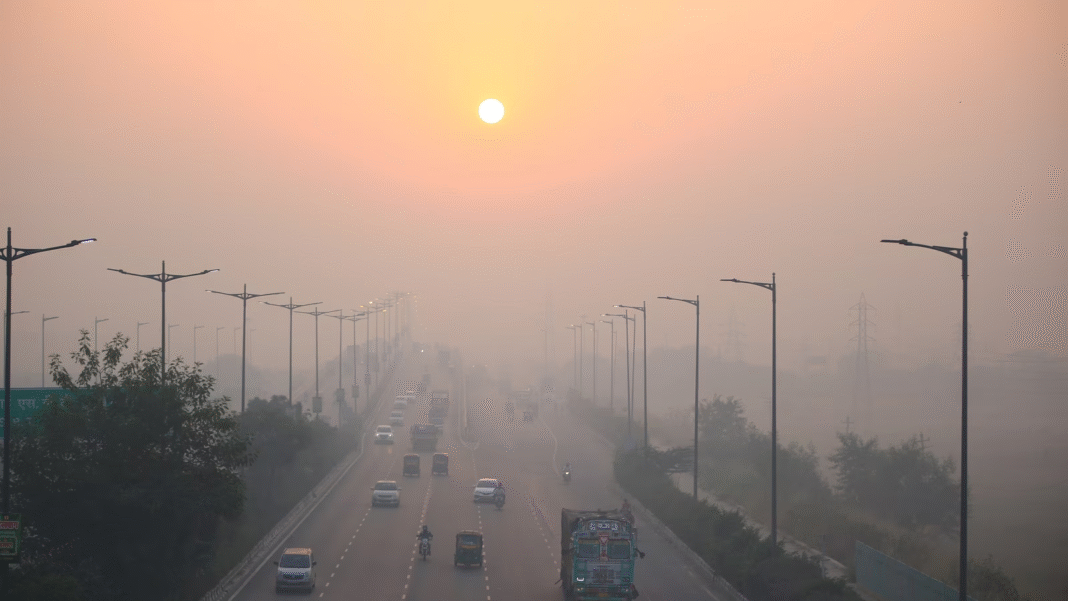India is experiencing a steady decline in sunshine hours—the time direct sunlight reaches the Earth’s surface—according to a new study by six Indian scientists. Analyzing data from 20 weather stations between 1988 and 2018, the researchers found that sunshine hours have decreased across most of the country, with only the northeast showing slight seasonal relief. The most significant annual declines were observed in northern inland cities like Amritsar and Kolkata, the Himalayan belt, and the west coast, including Mumbai.
The study, published in Scientific Reports, attributes this decline to a combination of increased cloud cover, aerosols, and changing local weather patterns. All nine of India’s geographically diverse regions showed an overall annual drop in sunshine hours, though the rate varied. Monthly trends revealed higher sunshine from October to May, followed by sharp declines during the monsoon months of June and July.
This seasonal pattern intersects with India’s long-standing air pollution crisis. Since the 1990s, rapid urbanization, industrial growth, and land-use changes have led to increased fossil fuel consumption, vehicle emissions, and biomass burning. These activities release aerosols—tiny particles from dust, exhaust, and crop burning—that scatter sunlight and reduce its intensity. In winter, smog and temperature inversions across the Indo-Gangetic plains exacerbate the problem, while monsoon clouds further reduce sunlight during mid-year months.
The study highlights that increased sunshine hours in certain months do not necessarily indicate cleaner air. Instead, they reflect more cloud-free days, though the sunlight may still be diffused due to haze. Professor Manoj Kumar Srivastava from Banaras Hindu University explains that aerosols indirectly contribute to longer-lasting clouds that block sunlight without releasing rain.
According to atmospheric scientist Prof. Sachchida Nand Tripathi from IIT Kanpur, aerosols have reduced sunlight reaching the ground by about 13%, while clouds have caused an additional 31–44% drop in surface solar radiation between 1993 and 2022. These findings have serious implications for agriculture, daily life, and India’s solar energy goals.
India’s solar energy sector, which now accounts for 47% of its renewable capacity, is aiming for 500GW of renewables by 2030. However, declining sunlight could hinder this progress. Air pollution alone can reduce solar panel output by 12–41%, depending on the technology used, resulting in an estimated $245–835 million in lost power generation annually. Cleaner air could boost solar energy production by 6–28 terawatt hours—enough to power millions of homes.
The impact extends to agriculture as well. Pollution-related sunlight reduction has led to estimated crop yield losses of 36–50%, especially in rice and wheat production in highly polluted regions.
India is not alone in facing this issue. Similar declines in sunshine hours have been recorded in Europe and China due to industrial emissions. However, stricter clean-air laws in Europe during the 1990s led to a rebound in sunlight levels—a phenomenon known as “global brightening.”
While satellite data shows that the Earth’s surface has been receiving more sunlight since the 1980s, heavily polluted countries like India are missing out. Without significant improvements in air quality, India risks undermining its energy and agricultural potential.
(Summarised story from BBC)
